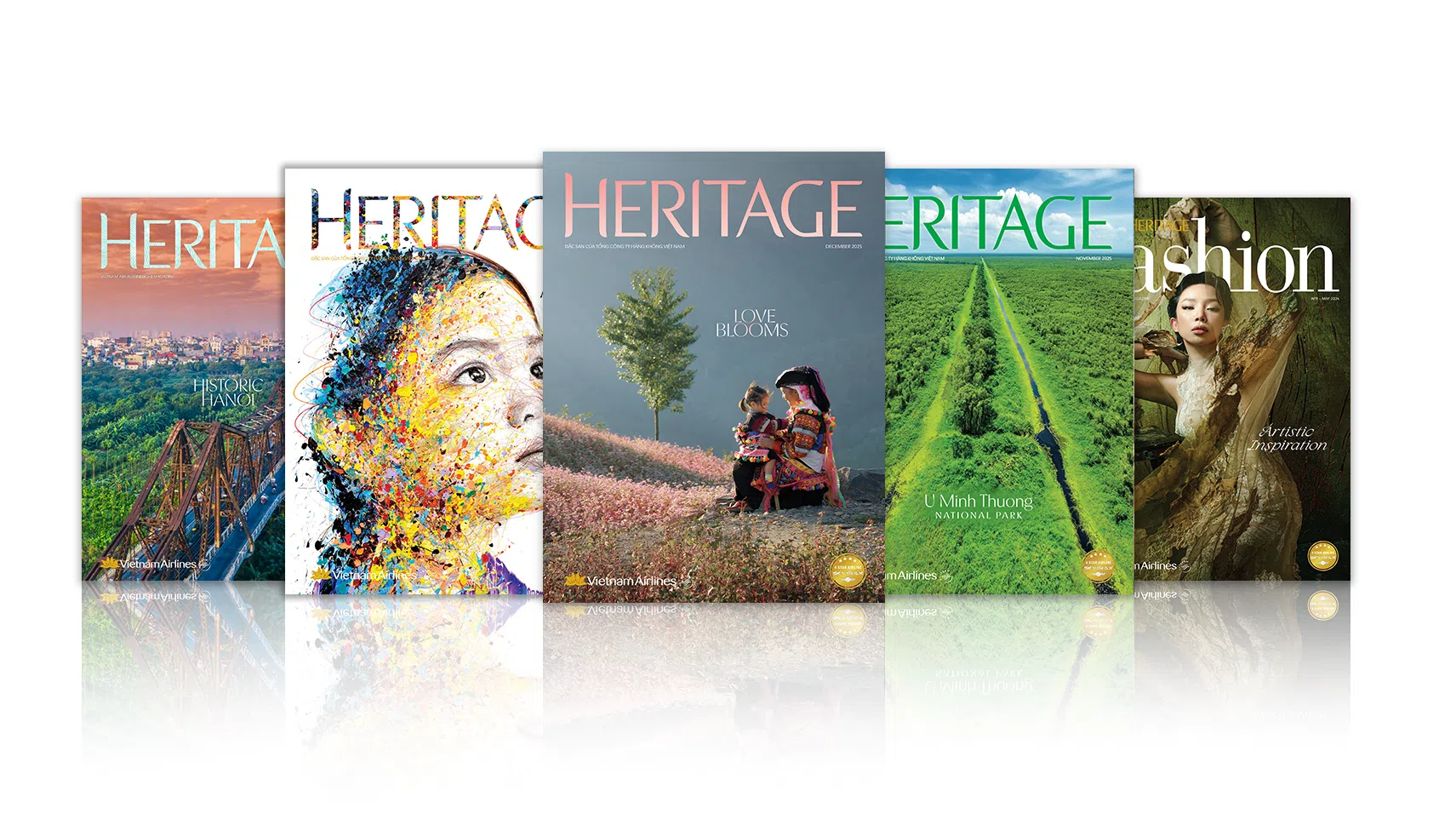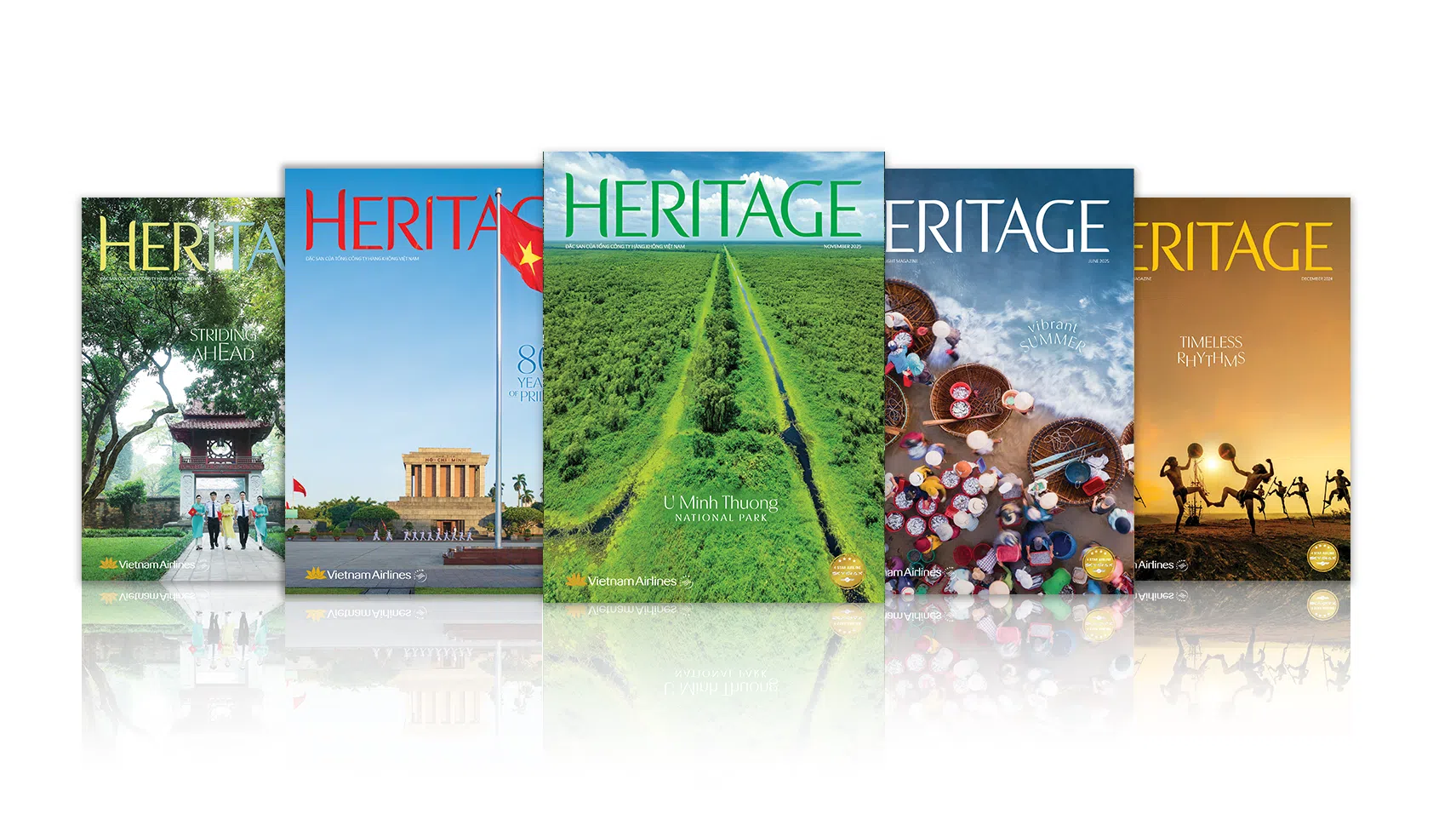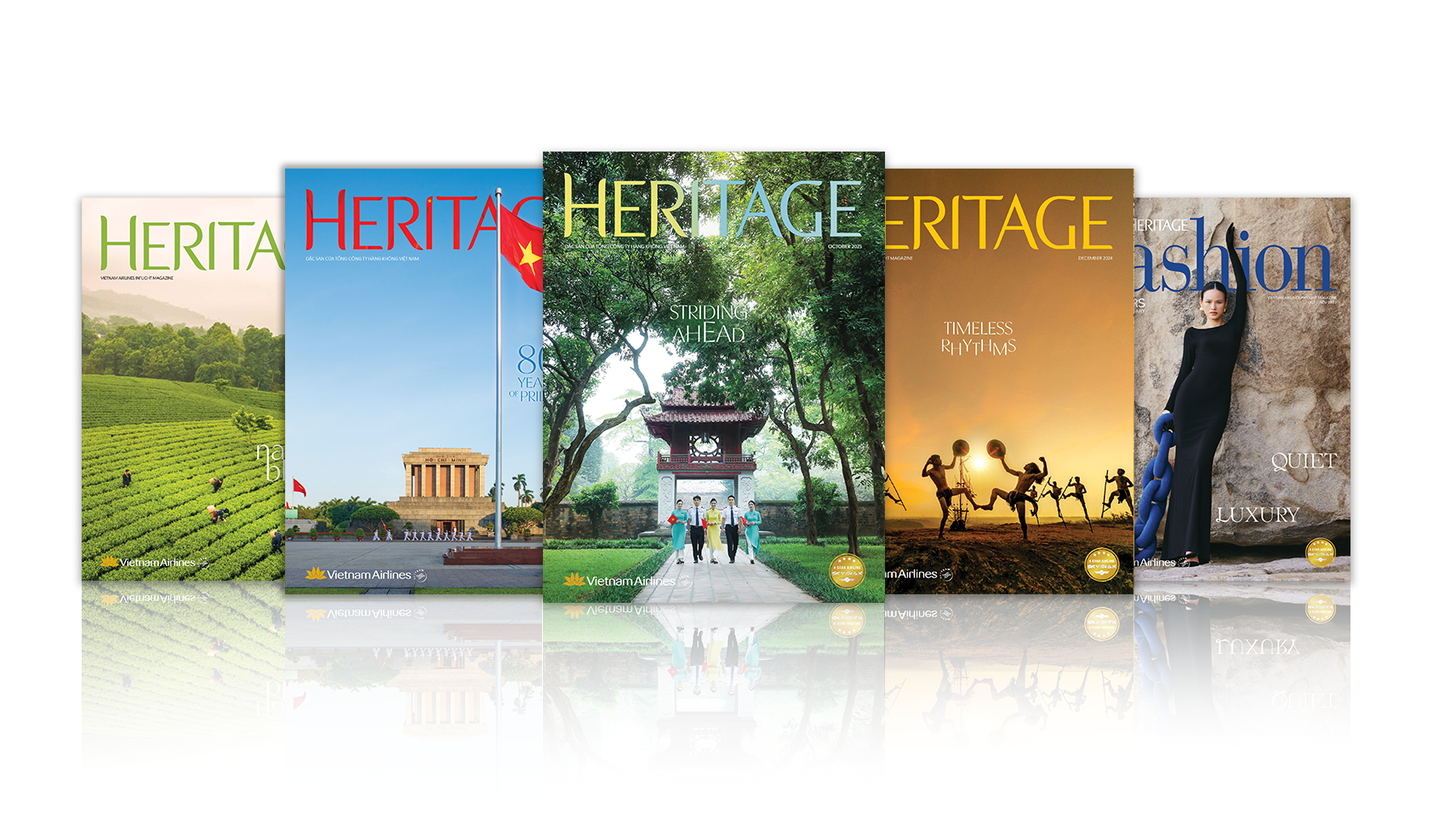Story: Huynh Phuong
Photos: Dinh Cong Tam, Huynh Phuong
Entering the monastery is a major life event for ethnic Khmer boys in Vietnam’s Mekong Delta
Becoming a novice monk for one or several years is a memorable time for any young man, as it allows him to repay filial debts and work on self-improvement. It is also a core value among the unique and multifaceted traditions of Vietnam’s ethnic Khmer people, who practice Southern Buddhism (Hinayana).

Thousands of years after its introduction, Southern Buddhism still retains many beautiful traditions, including the expression of filial piety through monastic ordination. Upon reaching puberty, sons are sent to monasteries for one to several years. It is not mandatory that young men complete the entire training to achieve full ordination, they can choose the time or duration of training. Serving in the monkhood is generally regarded as the way to repay filial debts and bring blessings to family members, particularly to mothers and sisters who aren’t allow to participate in the endeavor.
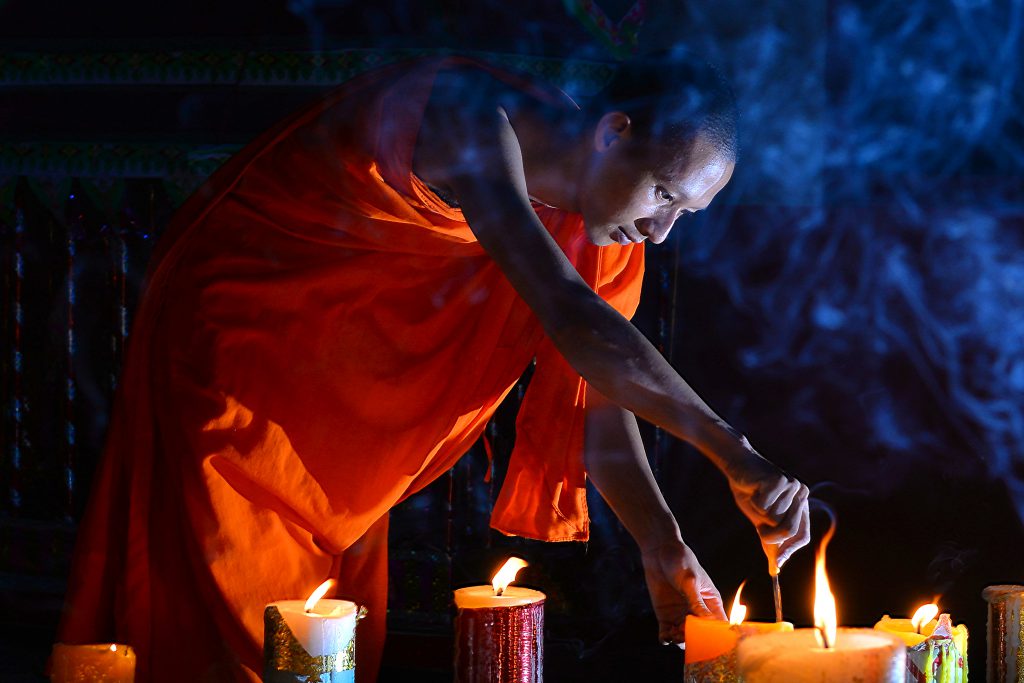
Monasticism is like gaining entry into a different world, a light that dispels darkness. Young men will shave their heads, wear kasaya robes, learn Buddhist sutras and doctrines, gain self-worth, and worship the Buddha. The ordination ceremony is usually held before or after Choul Chnam Thmey the Khmer people’s traditional new year celebration, which occurs in mid-April. A few months before the ceremony, sons will go to the pagoda to learn basic Buddhist sutras while their proud families will spread the word to their neighbors and invite monks to their houses to chant and make offerings.
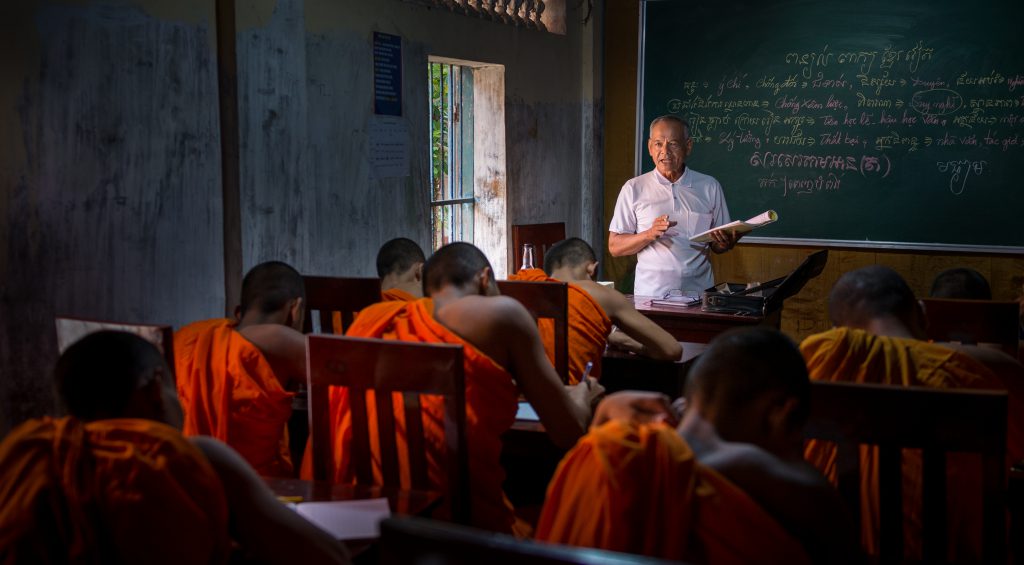
One day before the ceremony, the boys will have their heads shaved. They swap their trousers for sarongs, and their shirts for a white cloak draped from the left shoulder to the lower right hip. Once they don this white cloak, they are renouncing their worldly allegiances.
The kasaya is a central item to monasticism. In the past, monks had to make their three-piece robes themselves. The Buddha used to carry three sets of robes for different purposes: one to wear, and two to serve as a pillow and blanket while sleeping. Buddhist clothing is one of the noble items that Buddhists offer during the Kathina from September 15 to October 15 of the lunar calendar every year. In the early morning, monks in orange kasaya will set out to ask for food. People living near Khmer pagodas can bring fortune to their doors by distributing food or other items to these monks. Despite their seemingly ordinary nature, these activities still capture the attention of visitors from far away.
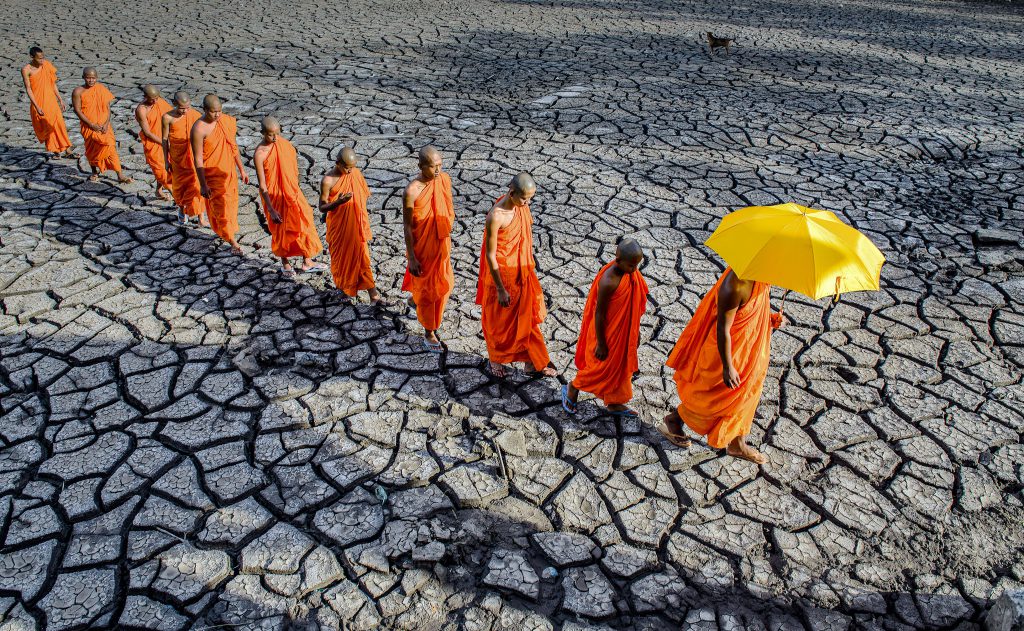
There used to be no formal schools in the Khmer community, so all education and moral teaching was done in pagodas, making them the first schools for all children. Students in the pagodas work according to their capabilities, helping to decorate the pagoda, prepare works for major events, farm, produce crafts, build, or paint Khmer buildings. Once they complete their training, they will return to their everyday lives with stable jobs.
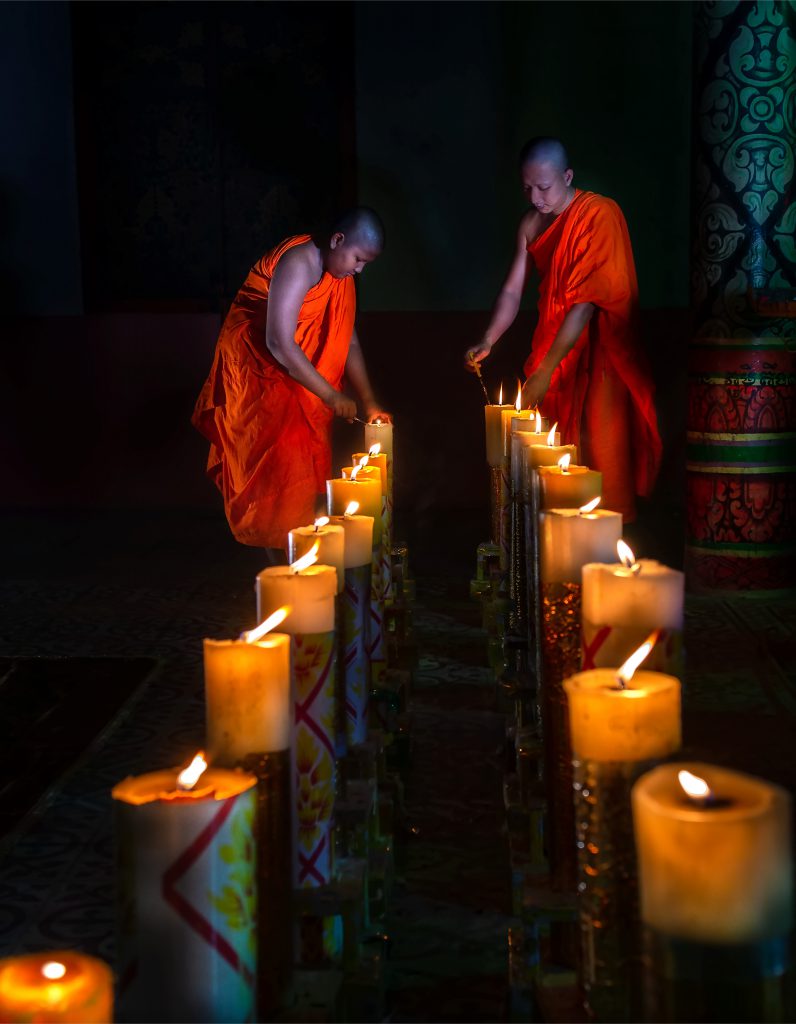
Southern Buddhism is a path of light for Khmer boys and men toward a better life. After their monkhood, they can return to the secular world and marry. Khmer girls also prefer boys who have entered monastic lives, as it proves they are mature and reliable companions.







